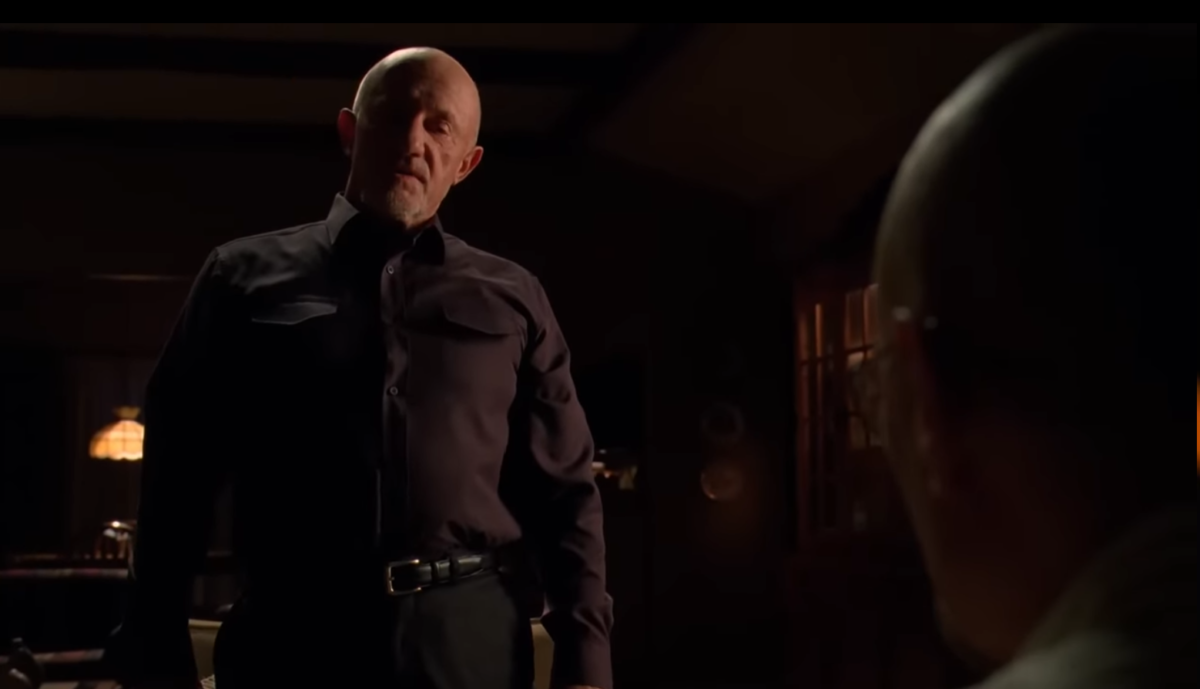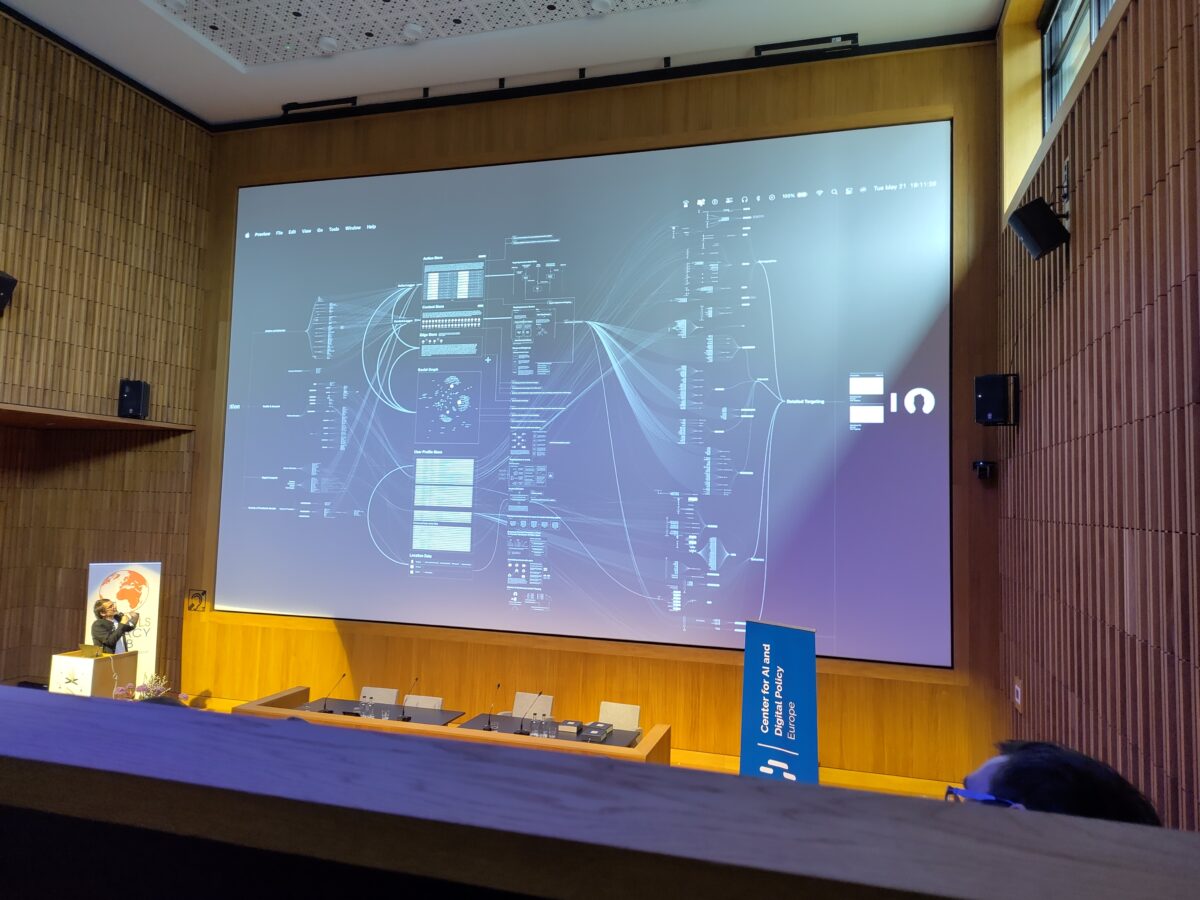In the TV series Breaking Bad, the weary ex-cop Mike Ehrmantraut tells meth chemist Walter White : “No more half measures.” The last time he took half measures, the woman he was trying to protect was brutally murdered.
Apparently people like to say there are no dead bodies in privacy (although this is easily countered with ex-CIA director General Michael Hayden’s comment, “We kill people based on metadata”). But, as Woody Hartzog told a Senate committee hearing in September 2023, summarizing work he did with Neil Richards and Ryan Durrie, half measures in AI/privacy legislation are still a bad thing.
A discussion at Privacy Law Scholars last week laid out the problems. Half measures don’t work. They don’t prevent societal harms. They don’t prevent AI from being deployed where it shouldn’t be. And they sap the political will to follow up with anything stronger.
In an article for The Brink, Hartzog said, “To bring AI within the rule of law, lawmakers must go beyond half measures to ensure that AI systems and the actors that deploy them are worthy of our trust,”
He goes on to list examples of half measures: transparency, committing to ethical principles, and mitigating bias. Transparency is good, but doesn’t automatically bring accountability. Ethical principles don’t change business models. And bias mitigation to make a technology nominally fairer may simultaneously make it more dangerous. Think facial recognition: debias the system and improve its accuracy for matching the faces of non-male, non-white people, and then it’s used to target those same people with surveillance.
Or, bias mitigation may have nothing to do with the actual problem, an underlying business model, as Arvind Narayanan, author of the forthcoming book AI Snake Oil, pointed out a few days later at an event convened by the Future of Privacy Forum. In his example, the Washington Post reported in 2019 on the case of an algorithm intended to help hospitals predict which patients will benefit from additional medical care. It turned out to favor white patients. But, Narayanan said, the system’s provider responded to the story by saying that the algorithm’s cost model accurately predicted the costs of additional health care – in other words, the algorithm did exactly what the hospital wanted it to do.
“I think hospitals should be forced to use a different model – but that’s not a technical question, it’s politics.”.
Narayanan also called out auditing (another Hartzog half measure). You can, he said, audit a human resources system to expose patterns in which resumes it flags for interviews and which it drops. But no one ever commissions research modeled on the expensive random controlled testing common in medicine that follows up for five years to see if the system actually picks good employees.
Adding confusion is the fact that “AI” isn’t a single thing. Instead, it’s what someone called a “suitcase term” – that is, a container for many different systems built for many different purposes by many different organizations with many different motives. It is absurd to conflate AGI – the artificial general intelligence of science fiction stories and scientists’ dreams that can surpass and kill us all – with pattern-recognizing software that depends on plundering human-created content and the labeling work of millions of low-paid workers
To digress briefly, some of the AI in that suitcase is getting truly goofy. Yum Brands has announced that its restaurants, which include Taco Bell, Pizza Hut, and KFC, will be “AI-first”. Among Yum’s envisioned uses, the company tells Benj Edwards at Ars Technica, are being able to ask an app what temperature to set the oven. I can’t help suspecting that the real eventual use will be data collection and discriminatory pricing. Stuff like this is why Ed Zitron writes postings like The Rot-Com Bubble, which hypothesizes that the reason Internet services are deteriorating is that technology companies have run out of genuinely innovative things to sell us.
That you cannot solve social problems with technology is a long-held truism, but it seems to be especially true of the messy middle of the AI spectrum, the use cases active now that rarely get the same attention as the far ends of that spectrum.
As Neil Richards put it at PLSC, “The way it’s presented now, it’s either existential risk or a soap dispenser that doesn’t work on brown hands when the real problem is the intermediate level of societal change via AI.”
The PLSC discussion included a list of the ways that regulations fail. Underfunded enforcement. Regulations that are pure theater. The wrong measures. The right goal, but weakly drafted legislation. Make the regulation ambiguous, or base it on principles that are too broad. Choose conflicting half-measures – for example, require transparency but add the principle that people should own their own data.
Like Cristina Caffarra a week earlier at CPDP, Hartzog, Richards, and Durrie favor finding remedies that focus on limiting abuses of power. Full measures include outright bans, the right to bring a private cause of action, imposing duties of “loyalty, care, and confidentiality”, and limiting exploitative data practices within these systems. Curbing abuses of power, as he says, is nothing new. The shiny new technology is a distraction.
Or, as Narayanan put it, “Broken AI is appealing to broken institutions.”
Illustrations: Mike (Jonathan Banks) telling Walt (Bryan Cranston) in Breaking Bad (S03e12) “no more half measures”.
Wendy M. Grossman is the 2013 winner of the Enigma Award. Her Web site has an extensive archive of her books, articles, and music, and an archive of earlier columns in this series. She is a contributing editor for the Plutopia News Network podcast. Follow on Mastodon.




